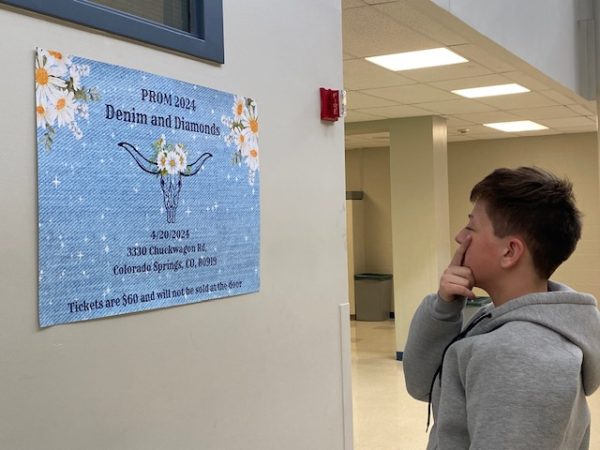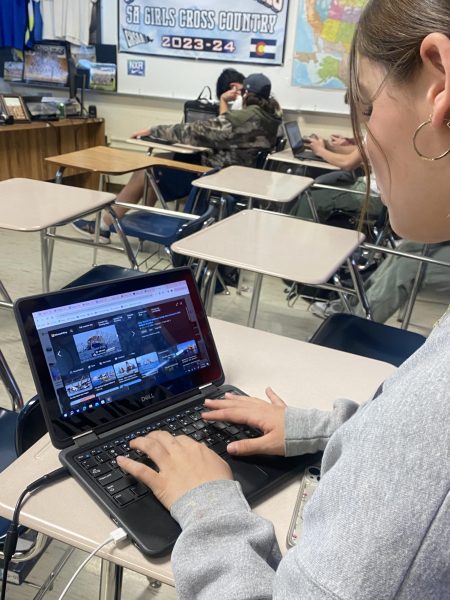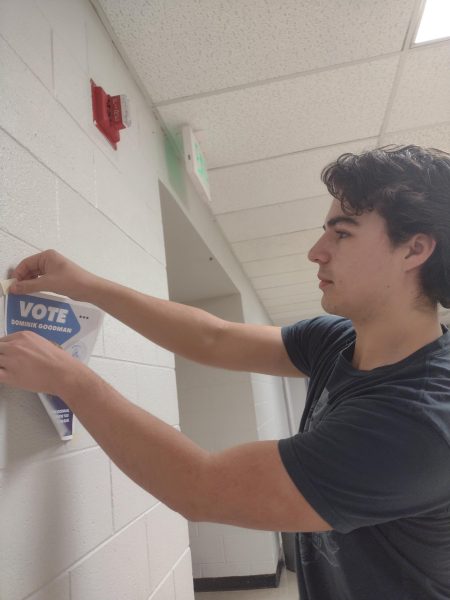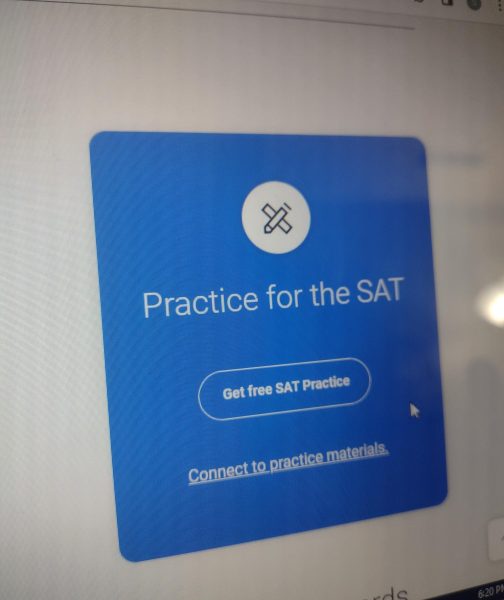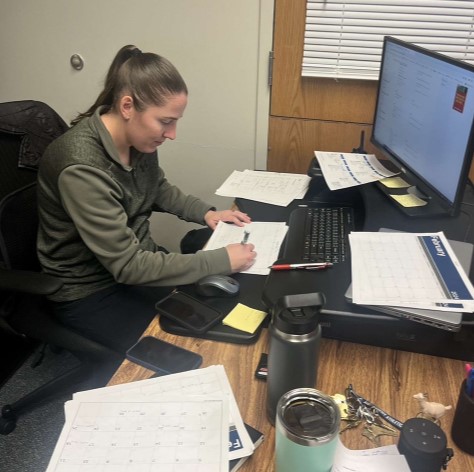Should Lunch Breaks be Extended?
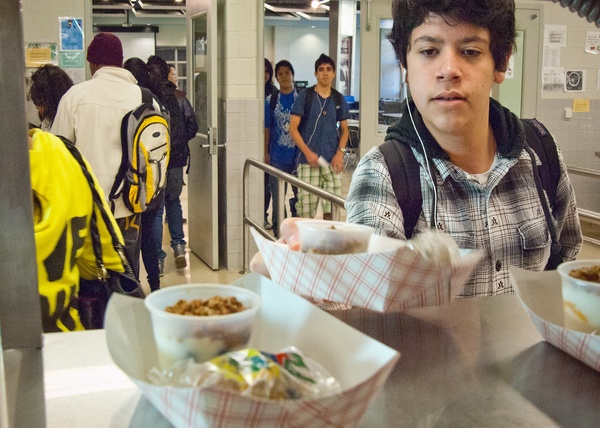
Labeled for Reuse under the Creative Commons. A young boy grabs his lunch tray immensely excited for the break ahead and socializing with friends.
What’s the best part of the school day? For a large majority of students, the answer happens to be lunch. Lunch is by far one of the most desirable aspects of the school day since it provides students with a quick break from classes, as well as a time to recuperate.
With this being said, the Air Academy High School lunch period averages just under forty minutes. Although this duration of time seems endless, the question of should lunch breaks be extended, often arises.
The answer happens to be yes in my opinion.
From my personal experiences, lunch provides a great opportunity to socialize with my peers. Having a designated time to socialize with my classmates is essential to my mental health since classes can become quite strenuous over time.
In addition to socializing, lunch also provides a great opportunity for me to get ahead of various assignments. Along with completing any additional assignments, lunch enables me to plan out my time accordingly whether it be in a paper planner or a digital calendar.
In contrast to my own personal experiences, lunch is a crucial moment throughout the school day since it allows students to eat a nutritious, balanced meal. According to a study conducted by the Harvard Kennedy School: Institute of Politics, shortening students’ lunch periods can actually be damaging to an individual’s health.
“Eating nutritious foods like whole grains, leafy greens, and whole fruit takes longer because it involves peeling and chewing of crispy or hard textures or the extra crunch from fibrous substances, peels, and shells. Hence, less time to finish lunch means lost vitamins, minerals, and nutrients that are vital to growth and development,” noted author Cindy Jung.
As Jung pointed out, shortening lunch breaks has the potential to alter students’ bodily development and growth factors. Going along with this concept, another massive concern includes some students going hungry. As reported by an article written by the Washington Post, some children are unable to eat any adequate amount of food due to the decreased lunchtime witnessed throughout the country.
“Often, the time restrictions hit the neediest kids hardest, Cohen said. “Low-income children rely on school meals for half their daily energy intake…,” explained author Amy Ettinger.
From this unfortunate outcome, many students notice an immediate difference in both their academic and athletic performance. A direct correlation is witnessed through shortening lunch periods and the incentive of serving students fast food, as Campbellsville University has uncovered.
“There are several direct effects that involve the immediate impact of nutrition on the daily performance of a student. Mental and behavioral problems can be traced back to unhealthy nutrition and poor eating habits,” exclaimed Campbellsville University.
As noted, not only does lunch have the potential to drastically impact an individual’s energy, but lunch also serves as a time of rest for many students.
“I guess both, cause I come from gym and it gives me time to relax but also talk with my friends and study if I need to or get work done,” stated Sophomore Leah Finkle.
As mentioned, there are many dangerous health and behavioral effects that can arise from condensing lunch breaks. With this being said, schools should greatly reconsider revising lunch periods to avoid noticing a definite physical and mental decline. In my opinion, I believe schools should alter schedules if they want their students to thrive both academically and athletically, but only if they are able to.

Howdy, y'all! My name is Savannah Braden and this is my third year participating in Journalism! In my final year at Air Academy, I am thrilled to be the...



